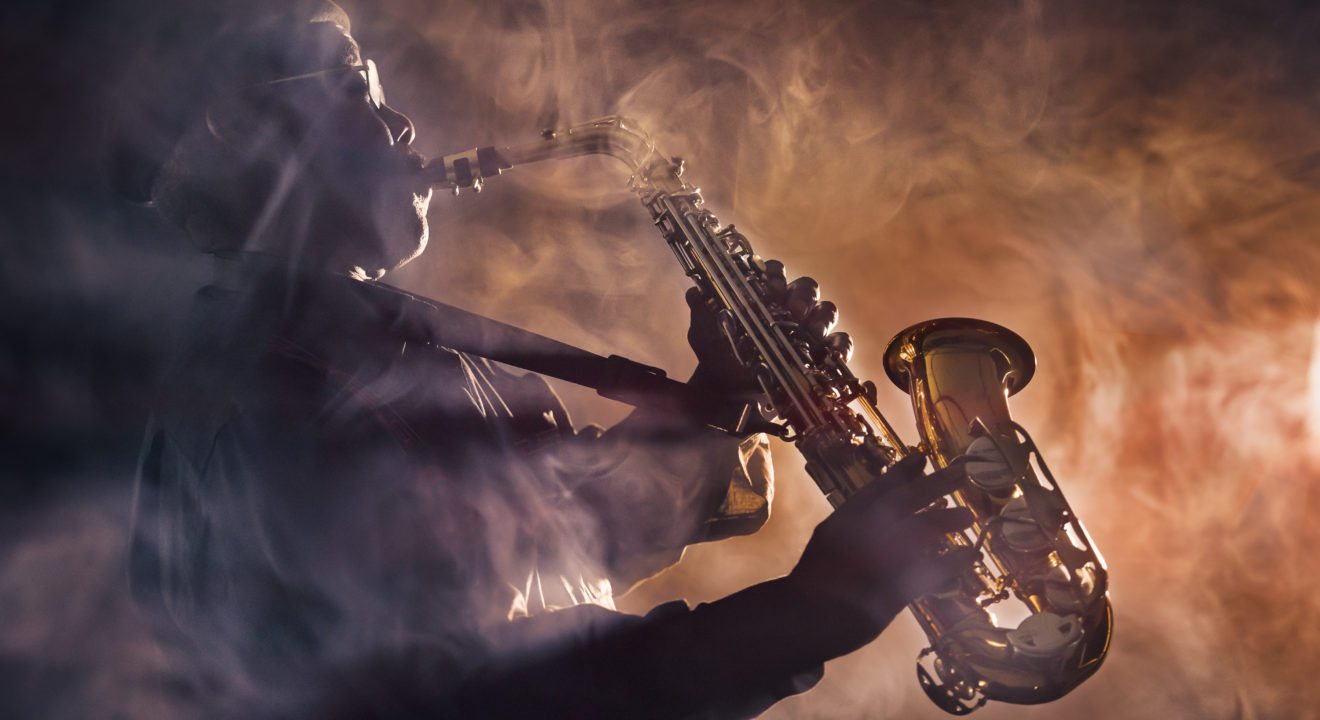March 19, 2017


When you think of blues music, you probably have a vivid image in mind: You’re alone in a smoky bar listening to the small band onstage. It’s dark outside and raining. You’ve just gotten into a fight with your partner. All you can do now is nod along to the music and order another drink from the bartender. The lead singer caresses the microphone stand. His eyebrows scrunch together as his lyrics tell the story of your heartache.
Blues music is the vehicle through which personal and social ills travel. Lawrence N. Redd’s article, “Rock! It’s Still Rhythm and Blues,” describes blues lyrics as the “cathartic dialogue between a burdened soul and his or her guitar, banjo, harmonica, or piano.”
This dialogue is also carried out between performer and audience. The blues standard, “Strange Fruit,” layered itself in the imagery of dead people hanging from a tree. This candid nature of blues lyrics was never lost as music evolved in the following decades. This year, the rapper Vic Mensa released a song called “Free Love,” that talks about LGBTQ rights.
The blues is also concerned with the style of delivery. Blues singers like BB King and Billie Holiday are famous for their interpretation of music, adding melismas and bending notes as they sing. That’s not a delivery method that has gone out of style. Pop music today is littered with artists who interpret their notes with flairs of embellishments.
An article on jesseandersonblues.com talks about how singers like Beyoncé, Christina Aguilera and Alicia Keys use a passionate display of emotion to add a personal style to their singing. The practices of adding multiple syllables to a word or bending the notes with the voice are heavily influenced by blues.
Besides lyrics and delivery, blues music also emphasizes the importance of compelling rhythms. We still see that obsession with rhythm today with the popularity of iconic hip-hop songs like Snoop Dogg’s “Drop it like it’s hot,” Lil Wayne’s “Amilli” and the Wu Tang Clan’s “C.R.E.A.M.”
Musical tastes have drastically changed since the early-1900s, that much is clear. Modern technology like electricity and computers have completely revolutionized the way we listen to and create music. Despite the changes in production and delivery, however, a lot of our music today owes its popularity to blues.
Without blues music paving the way for gritty, passionate songs, the face of popular music today would probably look and sound very different.